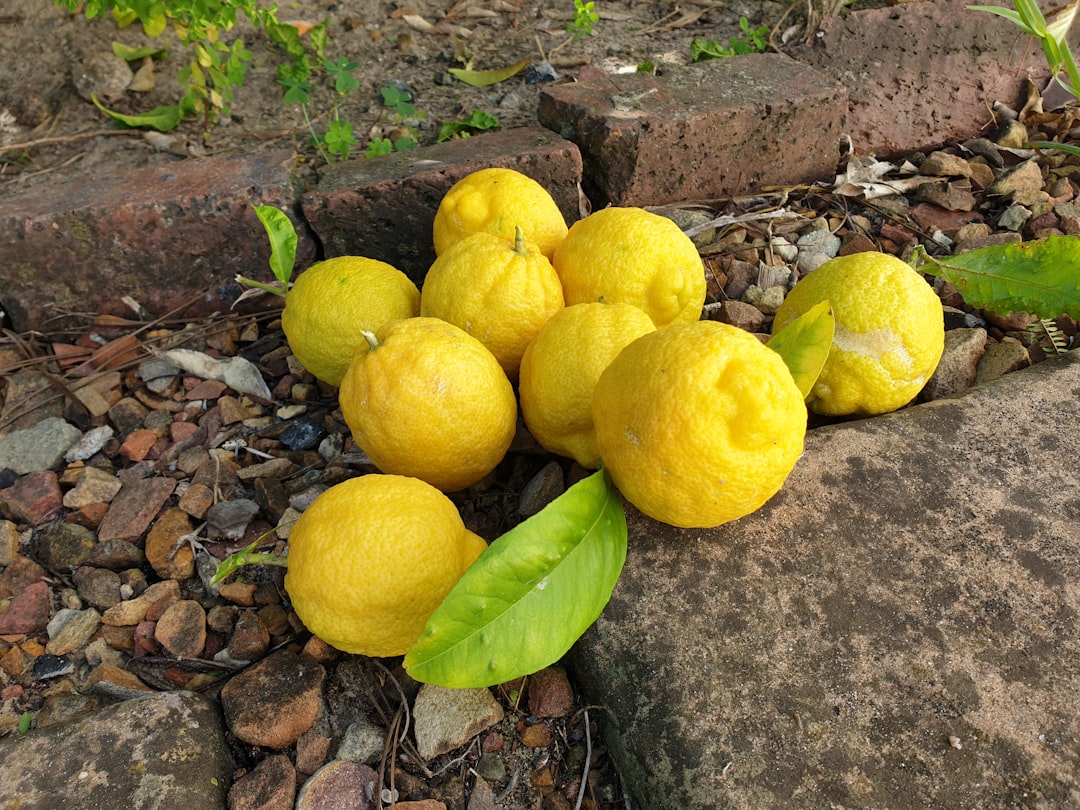The Enchanting Allure of Solomon’s Seal in Shade Gardens

When it comes to creating a captivating shade garden, few plants can rival the timeless charm of Solomon’s seal. This classic perennial brings a touch of elegance and tranquility to any garden setting with its unique features and delicate beauty.
Solomon’s seal is characterized by its arching stems that gracefully curve and sway in the gentle breeze. These stems are like nature’s artistry, adding a sense of movement and fluidity to the garden. As the seasons progress, the plant undergoes a remarkable transformation, showcasing different aspects of its allure.
In the spring, Solomon’s seal bursts into life with small white blooms that dangle like tiny bells from the undersides of the arching stems. These delicate flowers are a sight to behold, with their pure white petals and subtle fragrance. They attract pollinators such as bees and butterflies, adding to the ecological diversity of the garden. The white blooms stand out against the backdrop of the lush green foliage, creating a striking contrast that is both visually appealing and soothing to the eye.
As the spring blooms fade, the plant begins to develop bluish - black berries. These berries are not only aesthetically pleasing but also serve as a food source for birds and other wildlife. The transition from the white flowers to the dark berries is a testament to the plant’s resilience and the cycle of life in the garden. The berries add a pop of color to the shade garden, especially during the late summer and early fall when many other plants may be starting to lose their vibrancy.
One of the great advantages of Solomon’s seal is its adaptability to shade. In areas where direct sunlight is limited, this plant thrives, making it an ideal choice for under - tree plantings, woodland gardens, or the north - facing sides of buildings. It can tolerate a range of soil conditions, as long as the soil is well - drained. However, it prefers rich, moist soil that is high in organic matter, which mimics its natural woodland habitat.
When it comes to caring for Solomon’s seal, it is relatively low - maintenance. Once established, it requires little watering, except during periods of extreme drought. Mulching around the base of the plant helps to retain moisture and suppress weeds. Pruning is generally not necessary, but if you wish to tidy up the plant, you can remove any dead or damaged stems in the early spring. This will encourage new growth and keep the plant looking its best.
Solomon’s seal can also be used in various garden designs. It can be planted in groups for a mass - planting effect, creating a sea of arching stems and white blooms. Or, it can be mixed with other shade - loving perennials such as hostas, ferns, and bleeding hearts to create a diverse and visually interesting garden bed. Its unique form and texture make it a great focal point or an accent plant in the shade garden.
In addition to its ornamental value, Solomon’s seal has a long history of medicinal use. In traditional herbal medicine, various parts of the plant were used to treat a range of ailments, including wounds, inflammation, and digestive problems. However, it is important to note that modern medical research is still ongoing, and the plant should not be used for self - treatment without consulting a qualified healthcare professional.
Overall, Solomon’s seal is a true gem in the world of shade gardening. Its arching stems, white spring blooms, and bluish - black berries make it a plant that is both beautiful and functional. Whether you are an experienced gardener or just starting out, adding Solomon’s seal to your shade garden will surely enhance its beauty and bring a touch of nature’s magic to your outdoor space. So, the next time you are planning a shade garden, consider the enchanting allure of Solomon’s seal and let it transform your garden into a haven of tranquility and beauty.
Another aspect to appreciate about Solomon’s seal is its slow - growing nature. This means that it won’t overtake your garden space too quickly, allowing you to enjoy its presence for many years without having to worry about excessive spreading. Its growth rate also makes it a great choice for small gardens or containers, where space is limited. You can create a mini - shade garden on your patio or balcony by planting Solomon’s seal in a decorative container.
When selecting Solomon’s seal for your garden, you can choose from different varieties. Some varieties may have slightly different leaf shapes, flower sizes, or growth habits. For example, there are dwarf varieties that are perfect for rock gardens or the front edges of garden beds. Others may have variegated foliage, which adds an extra layer of visual interest. Exploring these different varieties can help you find the perfect Solomon’s seal to suit your specific garden needs and aesthetic preferences.
As the seasons change, the appearance of Solomon’s seal continues to evolve. In the fall, the foliage turns a beautiful golden - yellow color, adding a warm and inviting touch to the garden. This autumnal display is a wonderful way to extend the beauty of your shade garden into the cooler months. The contrast between the yellow foliage and the bluish - black berries is truly a sight to behold, creating a memorable scene in the garden.
In conclusion, Solomon’s seal is a versatile and captivating plant that deserves a place in every shade garden. Its unique combination of arching stems, white spring blooms, bluish - black berries, and changing seasonal colors makes it a plant that offers year - round interest. Whether you are looking to create a peaceful woodland retreat or a colorful container garden, Solomon’s seal is sure to add a touch of elegance and charm. So, embrace the beauty of this classic shade garden plant and let it bring your garden to life.